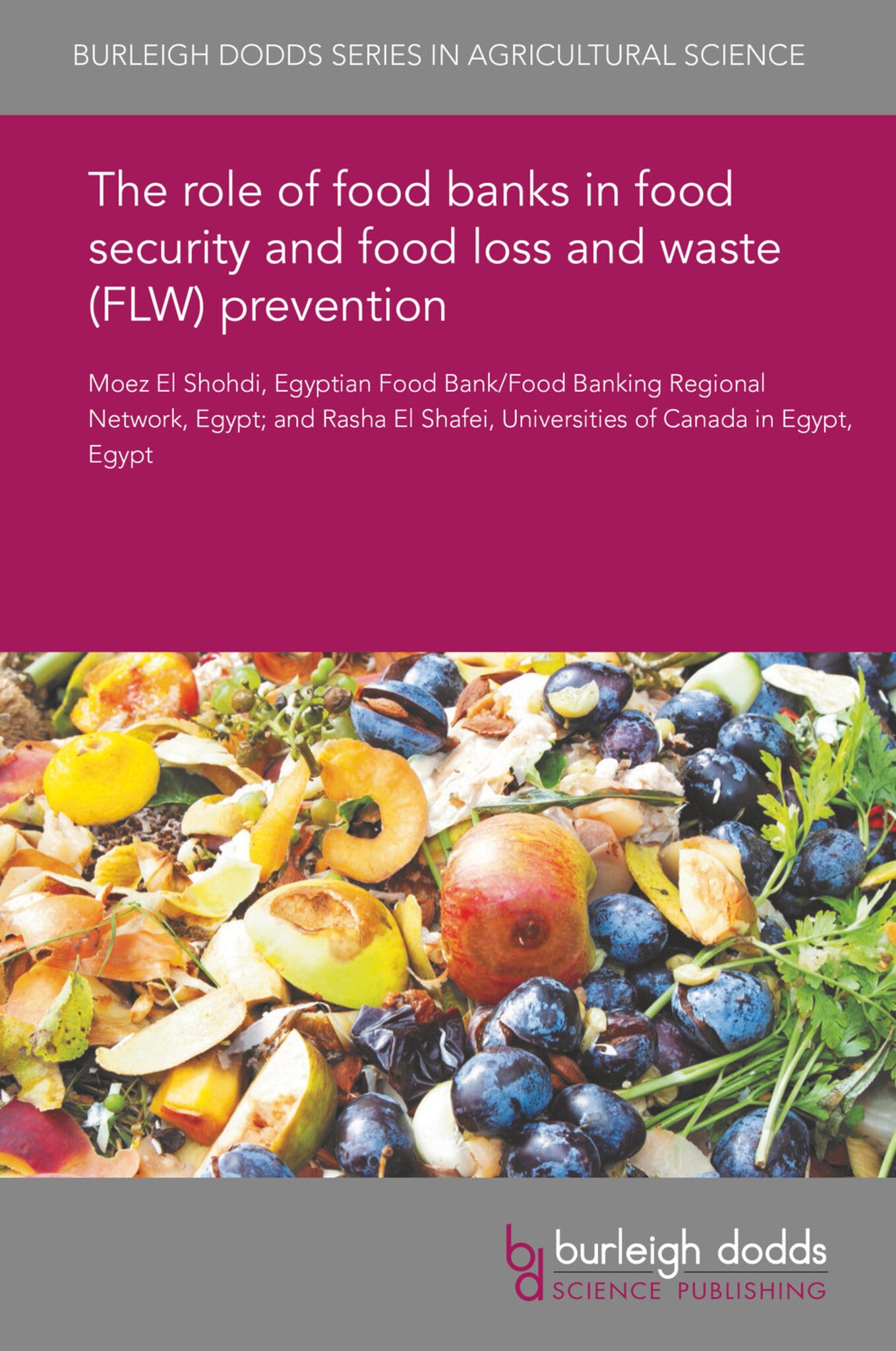We're sorry. An error has occurred
Please cancel or retry.
The role of food banks in food security and food loss and waste (FLW) prevention
Regular price
£25.00
Sale price
£25.00
Regular price
£25.00
Unit price
/
per
Sale
Sold out
Re-stocking soon
The current deficit of food supply in which more than 820 million people do not have enough to eat puts a real threat on the upcoming generations to satisfy their most basic need of food sufficienc...
Read More

Some error occured while loading the Quick View. Please close the Quick View and try reloading the page.
Couldn't load pickup availability
- Format:
-
13 January 2020

The current deficit of food supply in which more than 820 million people do not have enough to eat puts a real threat on the upcoming generations to satisfy their most basic need of food sufficiency. This chapter describes the development of food banks over the years, explains the difference between the traditional and contemporary food banking models and presents a case study on one of the most successful food banks in the Middle East region that diverts more than 17,000,000 meals monthly from the landfill.

Price: £25.00
Publisher: Burleigh Dodds Science Publishing
Imprint: Burleigh Dodds Science Publishing
Series: Burleigh Dodds Series in Agricultural Science
Publication Date:
13 January 2020
ISBN: 9781838799847
Format: eBook
BISACs:
TECHNOLOGY & ENGINEERING / Agriculture / Sustainable Agriculture, Organic farming, TECHNOLOGY & ENGINEERING / Agriculture / Agronomy / Crop Science, Sustainable agriculture

1 Introduction 2 Food banks and the problem of food waste 3 The traditional food banking model 4 The contemporary food banking (CFB) model 5 Case study: the Egyptian Food Bank Food Loss and Waste (FLW) program 6 Conclusion 7 Where to look for further information 8 References



